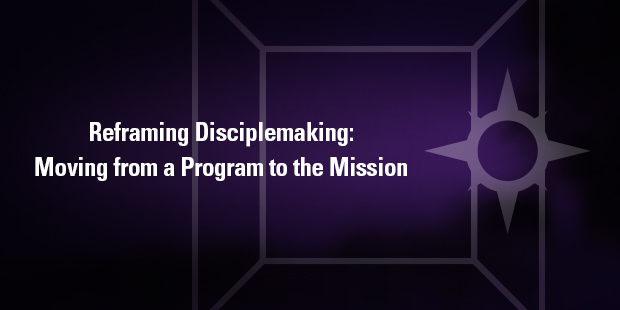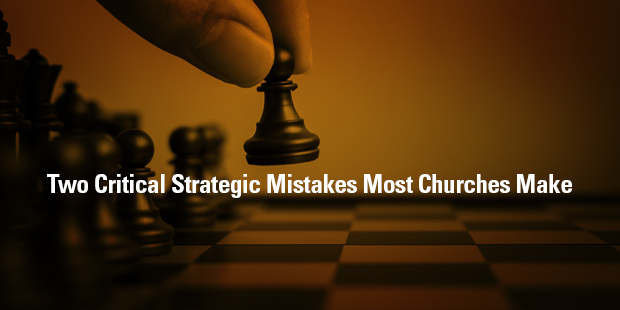
Three Reasons Generosity Matters
In 1993, my 9th grade algebra teacher said something like: You’ll use algebra constantly for the rest of your life. I’d like to say that I recently completed an unbroken streak of 35 years of having never used algebra… except for this illustration.
Now, I know that math gets used constantly and I’ve likely used algebra on some level of reasoning without knowing it. Why? Because numbers are everywhere. They are concrete facts and reveal the truth. The “numbers” that gain the most attention for us have to do with money. How we use money is a signal about what we value. On a spiritual level, how we use money is a signal about our faith and a tool for to increase our faithfulness.
In 2 Corinthians 8:1-5, the apostle Paul wrote to the church about why generosity matters so much. There is much for us to learn along side of the Corinthians. Here are three ideas and three applications.
1. My difficulties remind me to contribute to God’s work. Paul highlighted the life and generosity of the church in Macedonia. Specifically, he reminded the Corinthians that the persecution, poverty, and pain that the Macedonians endured resulted in overwhelming generosity for the needs of others. We should learn to use our pain or our pain will use us. By focusing on Jesus’ work in the world, we will push past the detrimental narcissism that pain wants to birth within our souls. Our temporary problems should point us toward the eternal needs that drive the mission of the church.
2. My abundance is the supply for the church’s mission. If you think you do not have abundance, you are wrong. Anyone reading this has access to the Internet and you likely have clean water and a place to live. It puts you miles ahead of many in the world that have none of these. In 2 Corinthians 8:6, Paul encouraged the church to complete their “act of grace;” meaning their generous gift. Later in the passage, Paul urged the believers to make the supply for the church’s mission so that everyone could benefit. We should use what we have to help others.
But I want you to see that he is not just referring to the abundance of an individual. He is speaking to the church. They, as a community of Christians, had abundance. A church budget is a declaration of priorities. What does your church budget say about what your church values? Care is costly. Mission work requires resources. Ministry is non-stop in its neediness. But it’s worthwhile because it involves the redemption of people.
3. Our Lord called us to radical generosity. Nowhere in the Bible will you find Jesus declare, “Thou shalt be generous with thy bank account.” It is not stated that way. But look at the life of Jesus and you’ll never deny that generosity is the standard. The Incarnation was God’s radical plan for our radical need. In 2 Corinthians 9:15, Paul ended his teaching to the church about generosity with a literary shout of gratitude not to them but to God.
Thanks be to God for his indescribable gift!
Christ’s poverty is not an abstract idea. It was the antidote to sin’s venomous sting. The revolutionary life of Jesus is not to be sterilized to a manageable version for us to emulate. If you want to live like Jesus then you have to give your life away. Giving will focus your life on God’s redemptive mission. This is where the spiritual algebra comes back into play.
Jesus + anything = nothing
Jesus + nothing = everything*
So what should we do with a passage that teaches revolutionary generosity?
- As a church… move from being a catering organization to being an equipping force for God’s mission.
- As a believer… give yourself first to Christ and your money will follow thereafter.
- As a giving believer… focus on Gospel causes and your comfort will no longer matter.
Our lives should never be the dead-end of the God’s mission. We follow a radical Messiah who has a revolutionary message for an unredeemed world. Let’s give ourselves fully into His hands.
* The phrasing of “Jesus + Nothing = Everything” was popularized by Tullian Tchividjian in his book from Crossway Publishers using the phrase as the title

Tags: Generosity, Giving, Philip Nation, giving to your church
































